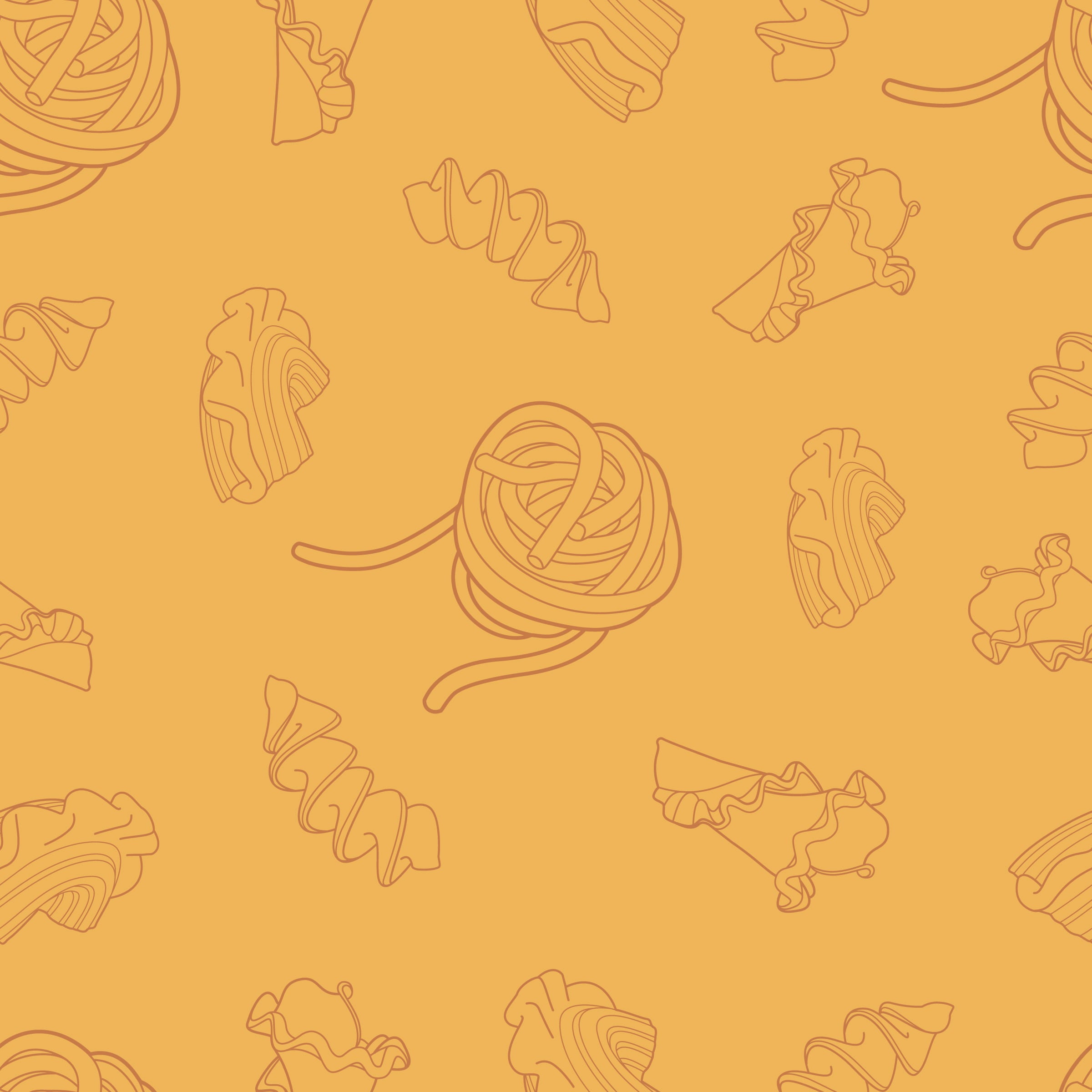Your basket is empty
Already have an account? Log in to check out faster.
Already have an account? Log in to check out faster.

There is one legendary Italian cheese sauce that I still think of to this day. It was made by chefs from Il Pellicano in Tuscany, Italy that were visiting us at Del Posto in NYC as guest chefs, and we had the honor of helping to prepare the dinner that was to be served. The dish that came off the pasta line was a delectable veal filled tortelli, but it was the sauce that was the showstopper. The base of the sauce was heavy cream that came from a local dairy, so it was unbelievably fresh and grassy. It also had at least 15 types of cheese, ranging in age, made with milk from cows, sheep, and goats.
The cream was barely warmed because to heat it any more “would destroy the essence of the field”. The cheeses were slowly added over hours of time, each in a sequence for reasons I could only guess at, and only added when the other had submerged into the melty cream. It was described as a living thing: “a sauce that only exists in this moment”. Such fresh and unique flavors playing together in harmony was what made this sauce truly special.
Now the recipe below for Parmesan Cream is not what I just described - how could it be? This recipe will yield a tasty sauce, but it’s more of a simplified open template than it is a rule. Here are a few tips in making your own masterpiece:
Mix up the cheeses, but keep the amount proportional to the recipe.
If you want it “saucier” don't reduce the cream quite as much.
Be the first to hear about recipes, sales, and new offerings.
0 comments